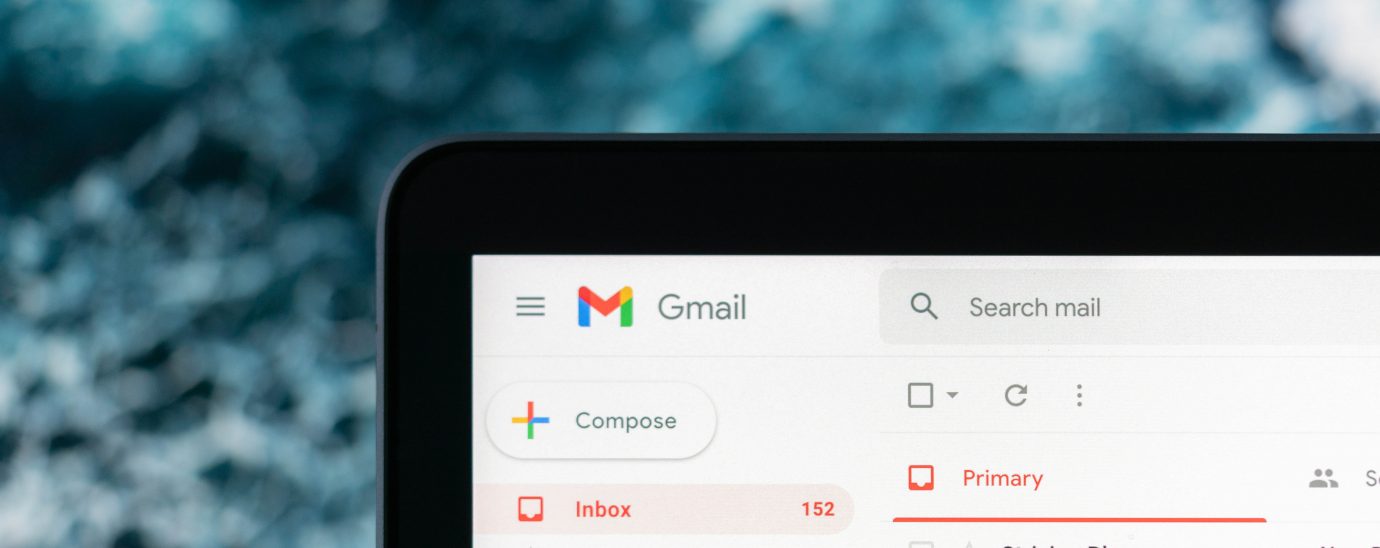The problem with emails and what the future holds

Matt Weston, Managing Director of digital transformation specialists Vantage 365, takes a look at the place of emails in corporate communications in 2021, contemplating whether they are still fit for purpose and why so many organizations are switching to alternative methods of staying connected.
Since the World Wide Web was first launched for widespread use in the early 1990s, electronic mail – or email – has become a vital communications tool for businesses and people across the globe.
The availability of this free, quick and easy-to-use service has kept colleagues connected with one another – as well as with third parties and customers – and it remains an incredibly popular messaging platform to this day.
While figures from Statista show that, in 2020 alone, approximately 306.4 billion emails were sent and received worldwide, the emergence and growing popularity of alternative messaging platforms means that emails no longer have a monopoly on corporate communications – and could even be in danger of becoming obsolete.
But why are emails now facing an existential threat, and what are companies and people increasingly turning to instead?
What’s wrong with emails?
Given the raft of problems associated with emails, it is hardly surprising that so many companies are switching to other platforms to stay connected with colleagues, customers and industry peers alike.
One of the main and most obvious issues with emails is simply that they eat up so much valuable time in a working day that could otherwise be spent on other important work.
Because inboxes can quickly become inundated with spam and other junk mail that is of no or little relevance to the recipient, the messages that really matter get easily lost or overlooked.
This could mean that crucial deadlines are missed, or a request from an important client is neglected, which has potentially severe consequences for the recipient or their organization.
To frustrate things further, emails are prone to being delivered late or even not at all, with size file limitations meaning mail is regularly rejected and consequently fails to reach the intended reader.
When it comes to attachments, the sender has very little control over what happens to documents and who they are shared with once they have gone out, and companies therefore run the risk of having their sensitive information divulged to competitors or unscrupulous third parties.
Further to this, files that are sent innocuously via email could leave the sender vulnerable to breaking the General Data Protection Regulation [GDPR], with the Information Commissioner’s Office [ICO] having reported a 46% rise in data breaches linked to emails.
What’s replacing them?
Instant messaging tools – such as Microsoft Teams and Slack – are emerging as the big contenders to more traditional, email-based communications, and there are a number of reasons for this.
Firstly, and as the name implies, instant messaging allows for even quicker, back-and-forth communications between individuals and groups, enabling more real-time conversations to take place.
This can be particularly useful for informal chats between teams when quick answers are needed to keep workflows running smoothly – especially in the wake of the pandemic, which has meant that teams have often been unable to work in the same physical space.
In addition to this, instant messaging tools typically have a persistent history in a similar sense to emails, meaning that previous messages can be retrieved for reference at any time.
These factors combined make instant messaging a more efficient method of communication than email, but one that retains the positive functions of email – such as the ability to archive conversations.
Another key benefit of instant messaging is that it removes the sense of ‘inbox dread’ that often occurs when users are away from their emails and come back to find a large number of messages waiting for them.
This can be an administrative nightmare, given the time it takes to trawl through mail to see what is relevant, what needs addressing, as well as what is junk and in need of discarding.
With instant messaging, this is no longer the case and conversations can continue seamlessly, even if one of the participants is absent.
Not only does this provide a boost to productivity it also promotes a healthier work/life balance for the absent participant, meaning they can switch off more easily in the knowledge that things are being handled while they are away.
Will emails ever become extinct?
While there are evidently many issues associated with emails, it is highly unlikely that they will ever become phased out completely.
Because email has become so entrenched in day-to-day business life, it is difficult to imagine a time when they will not be used on some level.
This means that adoption to new technologies will likely be considerably slower for those firms who are resistant to change.
While instant messaging platforms are highly effective and efficient – especially for informal, internal conversation – emails will remain a go-to for more formal communications with the likes of clients and third parties, which is likely to be the case for most organizations.
Instant messaging clearly has the upper hand in many ways though – especially in an increasingly fast-paced landscape in which workers are spending more time apart from one another and embracing a more flexible working model.
READ MORE:
- Apple’s iOS15 changes: What it means for email marketing and customer experience
- Proofpoint: why email is the top cybersecurity threat in 2021
- Protecting your business from email security threats
- How click fraud has worsened in the wake of Covid-19
If greater adoption of this technology is to be taken up however, businesses must have a genuine appetite for change, as well as have those on board who can help guide the organization and the rest of its workers through its digital transformation.
With the foundations for shaping the corporate communications of tomorrow already at their disposal, business leaders simply need to recognize the opportunity they have to harness the technology to its maximum potential.
For more news from Top Business Tech, don’t forget to subscribe to our daily bulletin!
